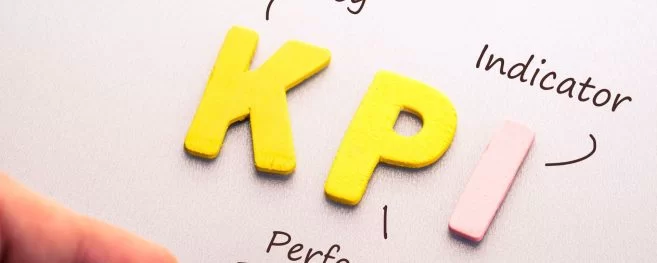Leading and lagging KPIs in Healthcare

When measuring your business’s success, you must be aware of leading and lagging indicators. Lagging indicators are measures of past performance, while leading indicators are future performance. Both indicators are essential, but they tell you different things about your business.
For example, medical call centers use lagging indicators such as the number of patients seen in a day, month, or year. They use leading indicators such as the number of new patients signing up for services daily.
Read more: Essential Call Center Metrics and KPIs to Track for Success.
Here, we will discuss the differences between leading and lagging indicators and explain why you should track both types of metrics.
What Are Leading Indicators?
Leading indicators are metrics that can help predict future outcomes. They usually precede changes in the broader economy or a company’s financial performance and can be used to decide where to allocate resources. Leading indicators can be internal (such as customer satisfaction levels) and external (such as changes in interest rates).
For example, a healthcare company might track how many new patients it sees each week as a leading indicator of future revenue. If patient numbers start to decline, the company can take steps to boost its marketing or offer new services to attract more business.
What Are Lagging Indicators?
When most people think of indicators, they think of lagging indicators. Lagging indicators are a type of financial metric that looks at past data to try and predict future trends. This can be helpful in some cases, but it’s important to remember that lagging indicators only give you a snapshot of what has already happened – they can’t tell you what will happen in the future.
Investors often use lagging indicators to decide when to buy or sell a stock. For example, if a company’s stock price is steadily increasing over the past few months, that would be considered a lagging indicator.
Read more: 5 Indicators Your Medical Contact Center Data Needs Organizing
Benefits of Leading Indicators
1) Predict Future Performance: Leading indicators are often used to predict future performance. This is because they help identify trends and patterns that may not be immediately apparent. By predicting future performance, businesses can take steps to avoid potential problems and capitalize on opportunities.
2) Identify Problems Early: They can help identify trends that may not be immediately apparent. By identifying problems early, businesses can take steps to fix them before they become bigger issues.
Benefits of Lagging Indicators
1) Helps you track progress
Lagging indicators can help you do this by providing a clear numerical representation of how far you’ve come. This can be motivating and help you stay on track.
2) Can be more accurate than leading indicators
Leading indicators are often based on assumptions and can be subjective. Lagging indicators, on the other hand, are based on actual data and therefore tend to be more accurate.
3) Can help you avoid problems
Lagging indicators can help you identify problems before they become too big to handle. By tracking lagging indicators, you can take corrective action quickly and avoid potential loss of time and money.
For the best healthcare engagement solutions, contact Sequence Health. We provide end-to-end patient engagement services, from inbound call center services to outreach programs. We can measure your current solution’s performance and make recommendations for improvement.





